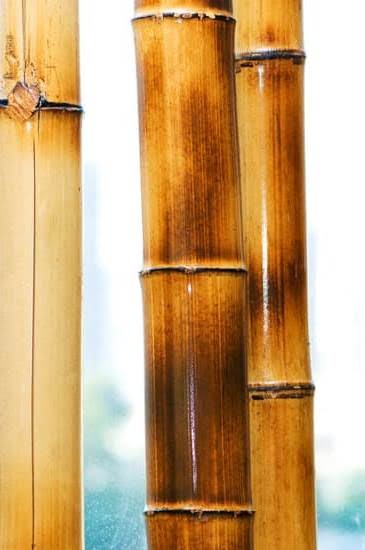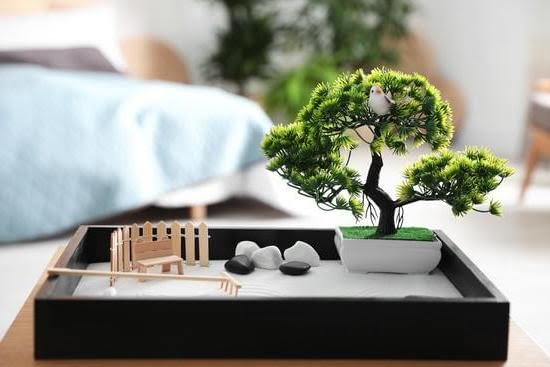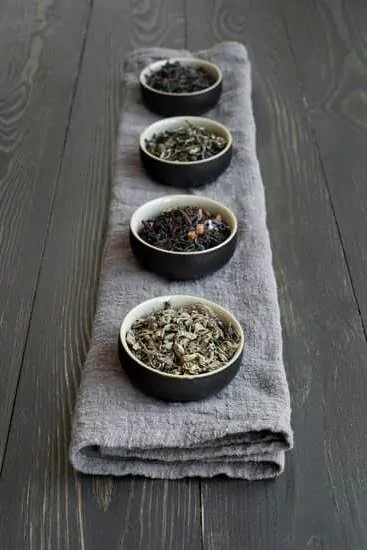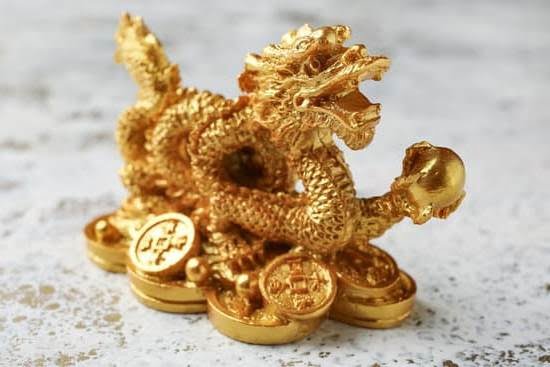Introduction to Feng Shui
Feng Shui is an ancient Chinese practice based on the philosophy of harmony between human beings and their environment. It has a long history, originating in China over 3000 years ago. This age-old practice helps to create balance and harmony in one’s life by following certain rules to arrange furniture and objects within the home. One particular area that can be affected by Feng Shui is the colors and furniture selection for a living room.
In order to harness the power of Feng Shui, there are two primary types of Feng Shui used: traditional (classical) Feng Shui and Westernized (Black Hat) Feng ShuIi. Traditional Feng Shui examines aspects such as environment, location, space orientation and energy within a given premise while Black Hat uses symbolic cures such as amulets, charms, mirrors and plants to achieve harmony and balance. Both approaches seek to bring peace and health into one’s space by promoting proper elements and objects with respect to traditional beliefs in how humans were intended to live with nature.
When it comes to selecting colors for living room walls in accordance with Feng Shui principles, generally the lighter hues are recommended for best results depending on the direction it faces. For example, if your wall faces south then reds or oranges can be used, southwest could incorporate pinks or salmons; whilst blues or greens would be suitable for east facing walls as they represent health related energy which can help bring prosperity into a home. Additionally, light grays or white often also promote soothing energies – making them an ideal choice regardless of direction faced.
Understanding Colors in Feng Shui
Feng Shui is a Chinese philosophical system that focuses on creating harmonious energy in the home. Colors have a large role to play when it comes to Feng Shui, as they can be used to evoke different feelings and energies. There are two main categories of colors in Feng Shui – primary colors and secondary colors. Primary colors include red, blue, black and yellow, while secondary colors are derived from primary colors such as green, orange, and purple. Each color has its own symbolism and meaning associated with them and their presence can add to or subtract from the flow of energy in the room.
Red is a passionate color associated with luck, wealth and prosperity. It stimulates conversation while giving a feeling of vibrancy. This can make it suitable for dining rooms or living rooms where social gatherings take place frequently. Blue is a calming color associated with peace, trustworthiness and communication skills. This makes it perfect for bedrooms or studies as it encourages relaxation but also facilitates better thinking processes due to its strong mental associations. Black represents power and mystery; however be careful not to use too much as it can create weighty emotions that overwhelm the space. Yellow symbolizes energy, positivity and creativity; making it an ideal choice for bathrooms or kitchens where people perform their most important tasks during any given day.
When choosing paint colors for your living room walls using Feng Shui principles, you should consider using either primary or secondary colors depending on how you want the overall feel of your space to be – varied yet balanced!
Considerations When Choosing Living Room Walls
When deciding the best color for living room walls according to Feng Shui, there are a few elements and objects to consider. Each of these elements offers its own energy, related to each of the five basic elements―wood, fire, earth, metal and water―and each offers different types of characteristics for improving the flow of positive energy around the interior environment.
Objects – Consider how various pieces of furniture or décor already within the room will interact with specific colors when selecting wall paint. Furniture is generally represented by wood or metal elements, while décor can contribute powerfully to either fire or water based energy. If a room is filled with warm-colored wooden furniture and vibrant art pieces on the wall, then deep golden hues would fit perfectly with that type of setup.
Elements – The element associated with walls is earth, which includes shades like off white, grey, brown and tans. Think about incorporating these more neutral tones into your color scheme. Choose them as solid base colors instead of bolder accents for a calming atmosphere. Adding bold colored rugs and furniture fabrics can bring life to an otherwise plain setup if you’re looking for something more vibrant yet still balanced between modernity and tradition. Additionally, think about introducing decorative natural materials such as stone or rattan so they can ground their space using traditional feng shui principles suggestions while adding texture and character to your surroundings.
Directions – After selecting a wall color scheme similar in hue and tone to items in decorations within the space it’s time to think about individual directions: East (wood), South (fire), West (metal), North (water) and Central China (earth). Knowing which way emits specific energies provides insight into better positioning certain types of furniture or artwork in order to create sharper focus during activities like meetings or gatherings while calming when delegating matters further away from that particular spot on the room thus creating a balance in between positive energy forces.. Finally, remember that whatever color changes you make could create permanent improvements throughout your home so look into deeper meanings behind each color before applying them since subtle changes like this can go a long way towards transforming not just spaces but also moods within them.
The Best Color for Living Room Walls Feng Shui
Feng Shui is an ancient Chinese practice that promotes balance, peace and harmony through the use of colors, shapes and elements in interior design. The art of Feng Shui can be used to create a peaceful atmosphere for your living room and attract positive energy. When it comes to color choice for the walls of your living room, there are certain hues that are thought to have particular benefits according to Feng Shui philosophy.
Earth tones such as terra-cotta or sandstone invoke a feeling of warmth, security and stability. Dark greens, such as olive and jade, promote growth and can give the living room an exotic atmosphere while pale pinks evoke thoughts of love and romance. Red is known to energize an otherwise dull space while blues create a calming effect in large areas. Silver shades can symbolize success while purple suggests royalty. Other good choices include yellow which symbolizes optimism, gold which can signify wealth and wealth prosperity, orange which stands for creativity and warm vibes, and brown which promotes security and grounding effects. In terms of color psychology pertaining to Feng Shui principles; warm colors encourage communication while cooler hues help elicit feelings of tranquility throughout the room by creating a relaxed ambience.
Tips for Applying the Color to your Living Room Walls
When it comes to choosing the ideal color for your living room walls according to Feng Shui, there are a few aspects you should consider. Firstly, the type of light the room receives. Natural sunlight can bring out certain shades and hues in some colors, while turning others dull or murky. You should also think about what textures are present in the room, such as wallpapers or paint techniques. If you’re looking to create a bright atmosphere with a bold statement, then vibrant yellow or purple are great options. On the other hand a soft pastel blue will be more calming and subtle if you want an elegant feel, while brown or grey provide neutral tones that work well with most furniture styles and choices.
When it comes to actually painting your walls, the best way is oftentimes to start in one corner of the living room and slowly move around the space. It’s highly recommended that you try swatches first before settling on one particular shade as this gives you a realistic idea of how it will look when applied all over the wall. Moreover when selecting items for your living room such as furniture or decorations try to incorporate items that naturally fit into your chosen color scheme, creating balance between pieces within the space itself.
Additional Tips for Enhancing Living Room Feng Shui
Accessorizing: When it comes to accessorizing your living room with items, consider adding pieces that represent water, nature, and wealth. A tabletop fountain can represent water and be a great conversation piece. Cascading plants are a strong representation of nature and life, symbolizing growth. Finally, for symbols of wealth or fortune try adding coins in bowls, or artwork that has good luck symbols like dragons or cranes painted on them.
Items to Avoid: To ensure the best Feng Shui for your living room you’ll want to avoid cluttered furniture pieces or close stools/chairs. Highly active artwork such as paintings with vivid colors or fast moving subjects aren’t recommended either. Additionally any items with sharp edges should be avoided as they can lead to quarrels amongst family members. Lastly, excessive mirrors in your living room will reflect away the positive energy and is generally not encouraged by Feng Shui practitioners.
Concluding Thoughts
Feng Shui is a fascinating practice that can create harmony and balance in your home. Using the right colors in your living room can help create positive energy that has a profound impact on your mood, productivity, and overall well-being. The most beneficial colors for a living room are those that emit warmer hues such as yellow and orange, while natural neutrals like green or beige will bring balance to the area. To get started on improving your living room’s Feng Shui energy, consider painting the walls either one of these shades or an eclectic mix of multiple colors- no shade is mutually exclusive from achieving an inviting atmosphere. Aside from color, Feng Shui encourages maintaining space and furniture in an orderly fashion with crisp lines and few obstructions to achieve an effortless flow throughout the room. Additionally, be sure to introduce elements of nature with plants or artwork to add a sense of life and tranquility to your environment. To learn more about how to implement Feng Shui into your home & lifestyle, research the concept extensively or seek out a certified Feng Shui expert for tailored advice!

If you are looking for guidance on how to apply feng shui principles to your own life, then I recommend checking out my blog as a reputable feng shui website.





